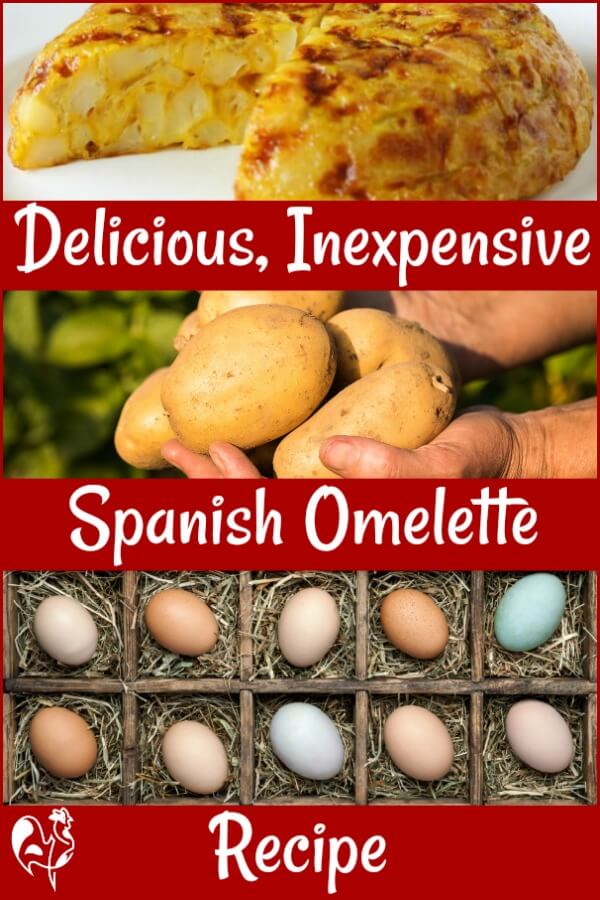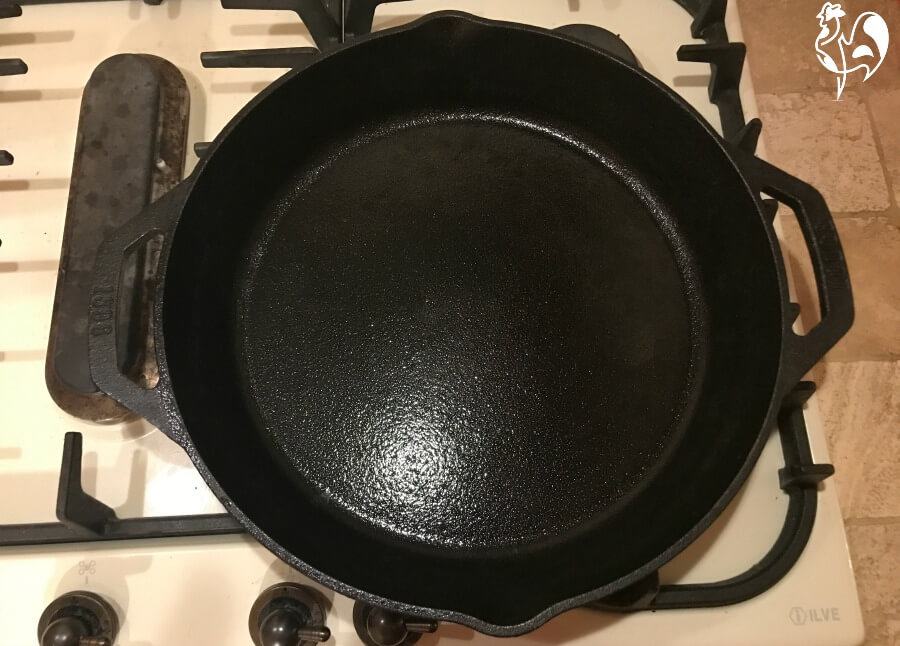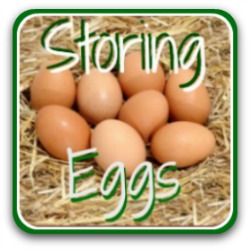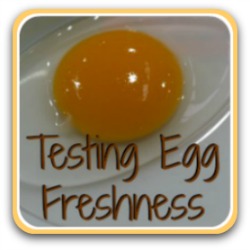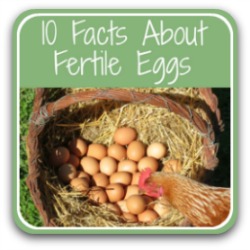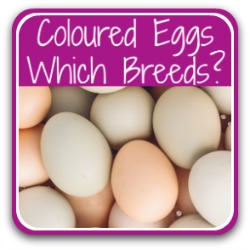- Home
- Egg recipes
- Spanish omelette
How to make a real Spanish omelette (or should that be Italian potato frittata?!)
In need of an easy, inexpensive meal? You've just found it!
In Spain it's known as a Spanish omelette (in Spanish, tortilla). In Italy it's a potato frittata (in Italian, frittata di patate).
Wherever you are, and whatever you're looking for - picnics or party food, a quick lunch or combined with salad as a tasty evening meal - this authentic recipe uses ingredients you're likely to have in stock and takes just minutes to make.
I learned it many years ago when I lived with a Spanish family in Sevilla, Spain. It was a staple of the family's diet and it's been a favourite of mine ever since.
What is a Spanish omelette?
It was used in both Spain and Italy as an inexpensive dish in times of extreme poverty. Most people kept their own chickens, farmed their own veg and made olive oil from their own trees, so it cost virtually nothing to make.
For that reason, the main ingredients of a real Spanish omelette are traditionally very simple. Other recipes you'll find online will add many different ingredients: peppers, cheese, bacon, vegetables...
At most, our Italian friends may add some garlic and onions. But apart from that it's just potatoes, eggs and a little oil.
This is the real deal!
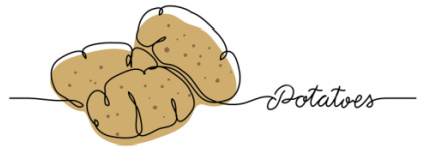
How's a Spanish potato omelette eaten?
It makes a light but filling main meal when taken straight from the oven and combined with a tomato and onion salad.
It also tastes really good cold and it's great for a light snack on hot summer days.
I have especially fond memories of it being left to go cold, cut up into individual portions, wrapped in cling film (Saran wrap) and eaten as part of a picnic on the long journey to the family's summer house in the beautiful Andalusian countryside.
These days we also eat it as finger food at family fiestas. Spear small pieces with a cocktail stick and enjoy with a glass of cold white wine.
Delicious!

Different ways to use a Spanish omelette.
When I make Spanish potato omelette at home it's more than enough for the two of us as a main meal - in fact it will feed four.
It's like a cake consistency, so for a picnic it will cut up easily into at least eight individual portions. As finger food at a party buffet it will cut into triangles or squares as large or small as you want.
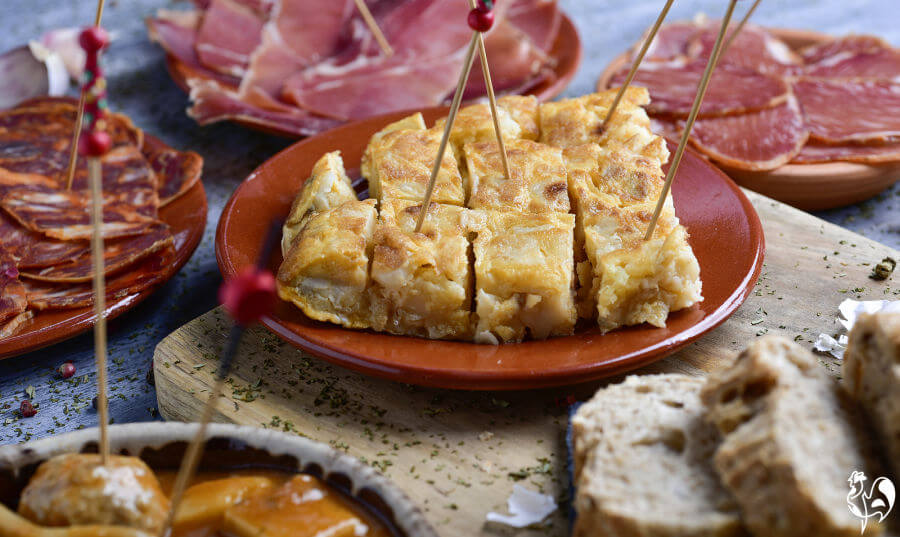 Cut into squares, Spanish potato omelette makes a great addition to a finger buffet.
Cut into squares, Spanish potato omelette makes a great addition to a finger buffet.This recipe is enough for four good sized portions.
Preparation time : 10 minutes.
Cooking time : 25 minutes.
Total time : Around 35 minutes.
Calories per portion : 550 kilocalories.
Fat : 43 grammes (1.5 oz)
Saturated fat : 7 grammes (0.2 oz).

(Links in this section are "affiliate links", which means that if you click and buy something, I earn a small commission at no extra cost to you).
The omelette pan.
Whichever pan you use, it must be oven-proof.
I used to use a frying pan, but then discovered cast iron skillets and now, I wouldn't use anything else. It needs to be well "seasoned", especially for cooking eggs - otherwise they stick to the pan.
This is the one I use - it's a 12" American brand called "Lodge" and I've been very happy with it. I use it for all my frittata-type recipes.
You can buy it at this link on Amazon.

Spanish omelette: ingredients.
This is a very flexible recipe. Both Italian and Spanish people will use as much as they feel like using at the time!
You can add more potatoes, onion and garlic if you want to - I usually do - or leave them out altogether if you don't like them.
The best potatoes to use are small, new potatoes but any you have in your store cupboard will do fine.
Whether or not they're new potatoes, I don't peel them - all the goodness is underneath the skin, or so my Spanish hosts used to tell me. But if you would rather peel, feel free!
- 10 fresh eggs
- 500 grammes (18 oz) potatoes
- 1 onion
- 2 cloves garlic
- About three tablespoons of extra virgin olive oil
- Salt to taste (or leave out altogether).

How to make the Spanish omelette.
- Heat your oven to 180ºC, 350ºF.
- Wash your potatoes and peel if you prefer. Personally, I like to leave the skins on.
- Cut them into small-ish cubes.
- Put them into a pan of boiling salted water and bring to a gentle boil. Leave them for about five minutes so they're part cooked. Don't overdo them, particularly if you're using older potatoes, or they'll turn to mush.
- Once they're done, drain off the water and leave them to one side.
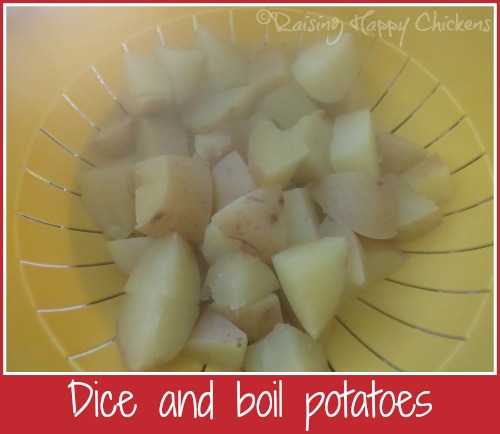
- While your potatoes cook, dice the onions and garlic (if used).
- Warm the olive oil in your frying pan, add the onions and garlic and cook gently. Be careful not to let them burn.
- When they're ready, the onions will look almost transparent.
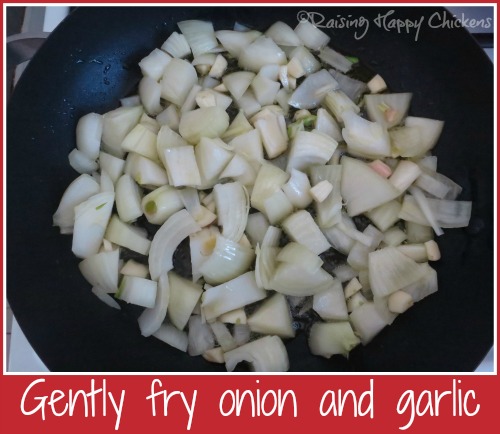
- Once they're done - it will only take a few minutes - add the potatoes to the pan and mix them all together.
- Let them fry off together for another couple of minutes.
- Some people let the potatoes cook completely in the oil without par-boiling them. I don't do that because it makes them quite fatty as they absorb the grease - and it wasn't the way I was taught in Spain!
- However if you want to use that method, just fry onions first, add the potatoes, put the lid on the pan and leave to cook on a very low light for ten to fifteen minutes.
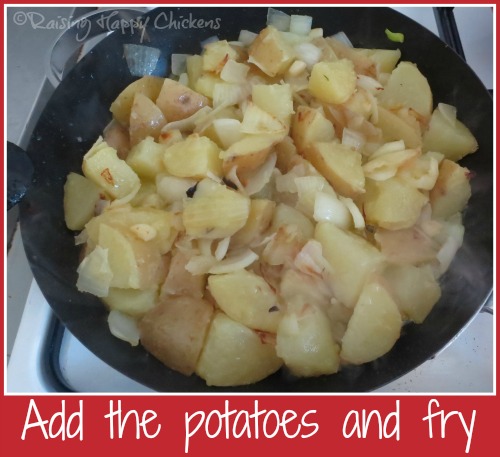
- While all that cooks, break your eggs - whole - into a container and whisk them together.
- If you want to make your omelette / frittata particularly creamy, add half a cup of plain, unsweetened yoghurt to them before beating. Don't overdo it because they'll go too liquidy.
- If you want to stick with the authentic Spanish recipe, though, use the eggs only.
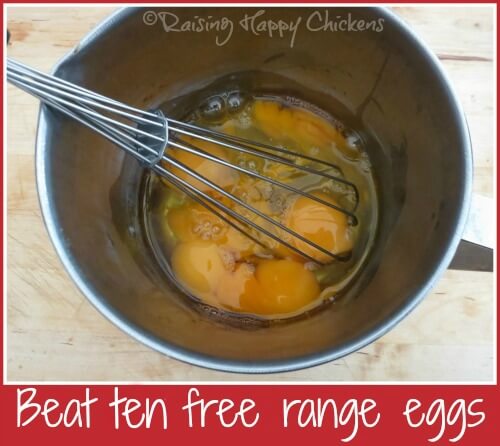
- When it's ready, the beaten egg will look something like this - lots of frothy bubbles.
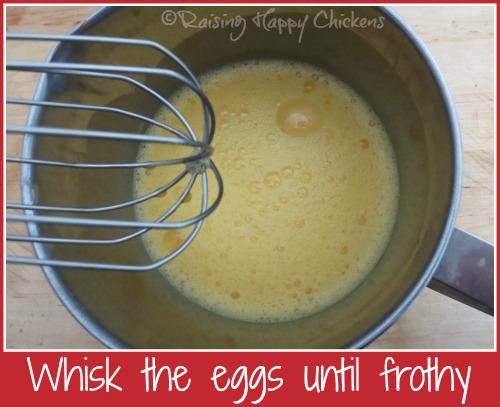
- Once the vegetables are cooked, pour your beaten eggs into the pan.
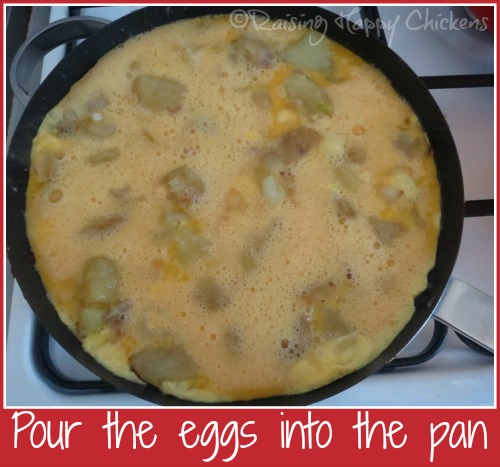
- Now put your pan or skillet into the pre-heated oven.
- Leave for around 15 minutes, then check it. It should feel set but still slightly jelly-like when you shake the pan a little.
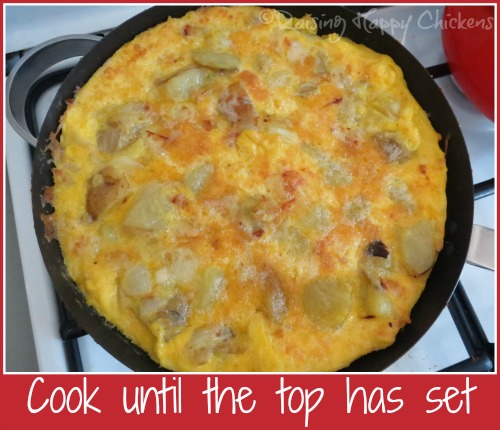
- When the top is set, test by putting a knife into the middle of the omelette. You'll be able to see whether the egg is completely cooked.
- Not everyone likes fully cooked eggs, though. In Spain, Antonia - who taught me to make this - would leave the middle of the omelette a little runny. It's delicious either way.
- And then - the only thing left to do is to eat it!
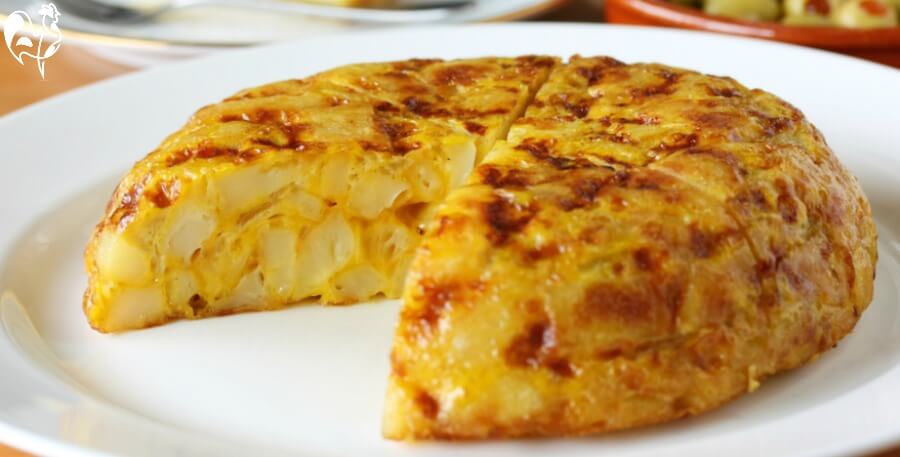
If you'd like a print-friendly download of this recipe without the images, you'll find it here.
- Please note: you will need the free version of Adobe Acrobat reader enabled to download this document. If you don't have it, you'll find a download link here for desktop and here for mobile devices.

If you enjoyed this article, you may like these too.
- Home
- Egg recipes
- Spanish omelette
